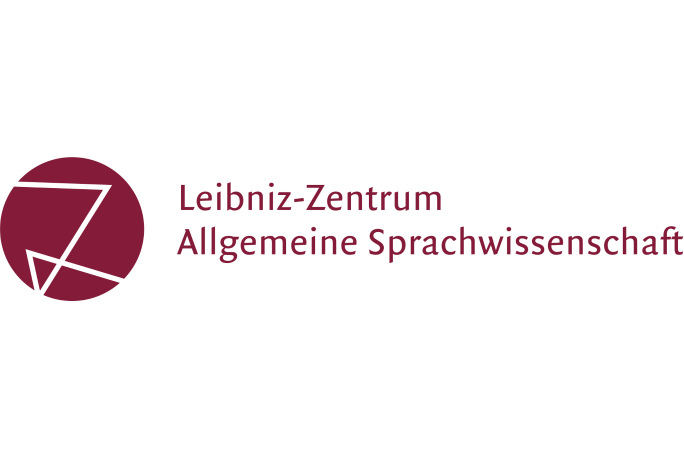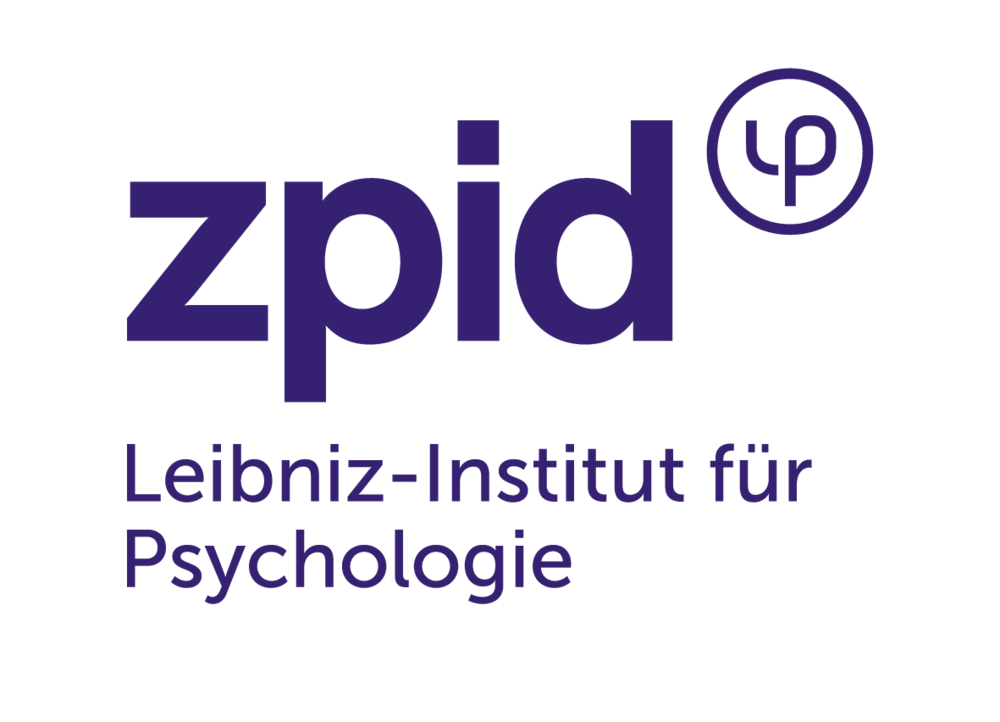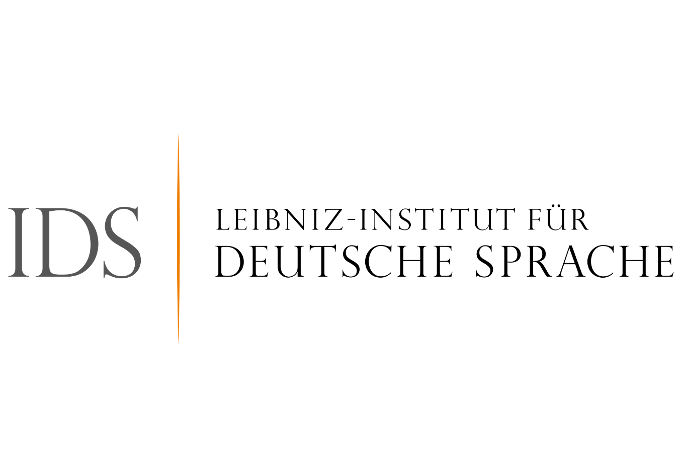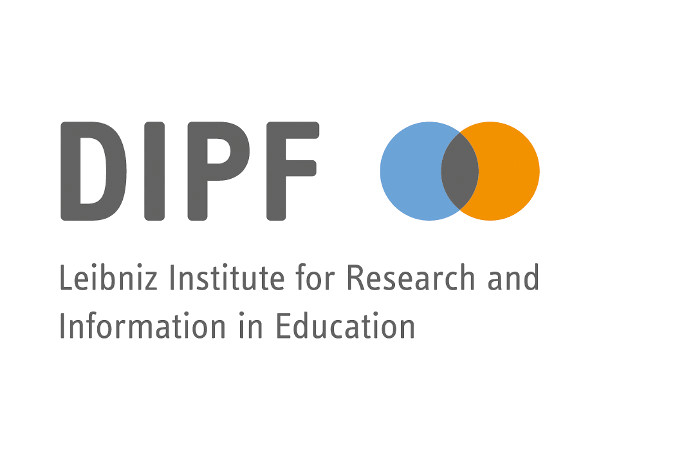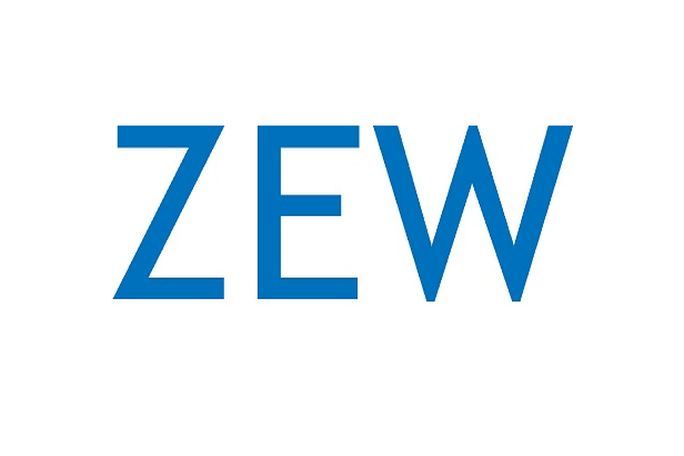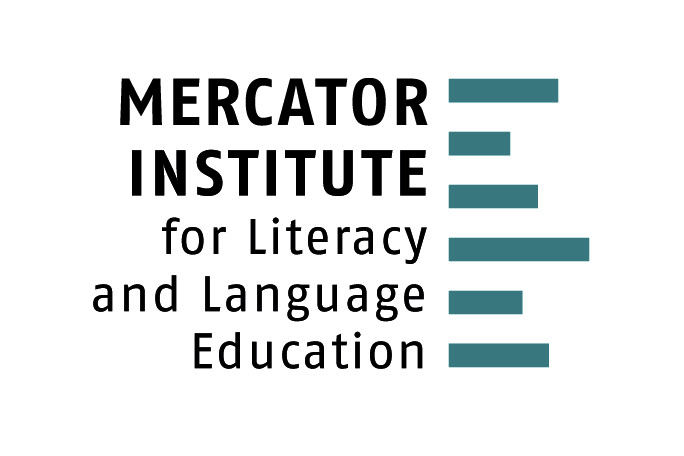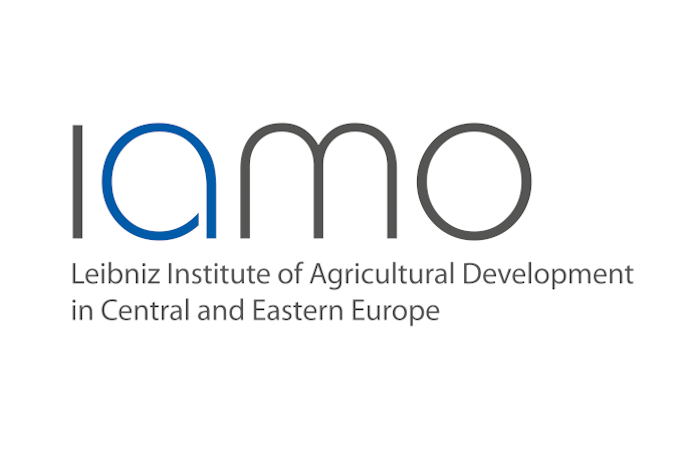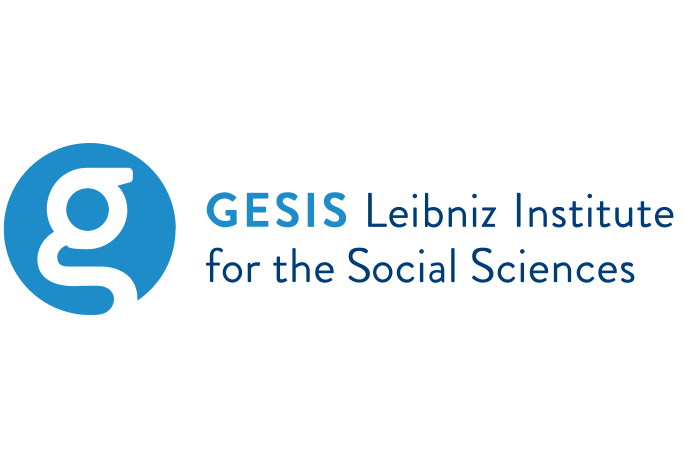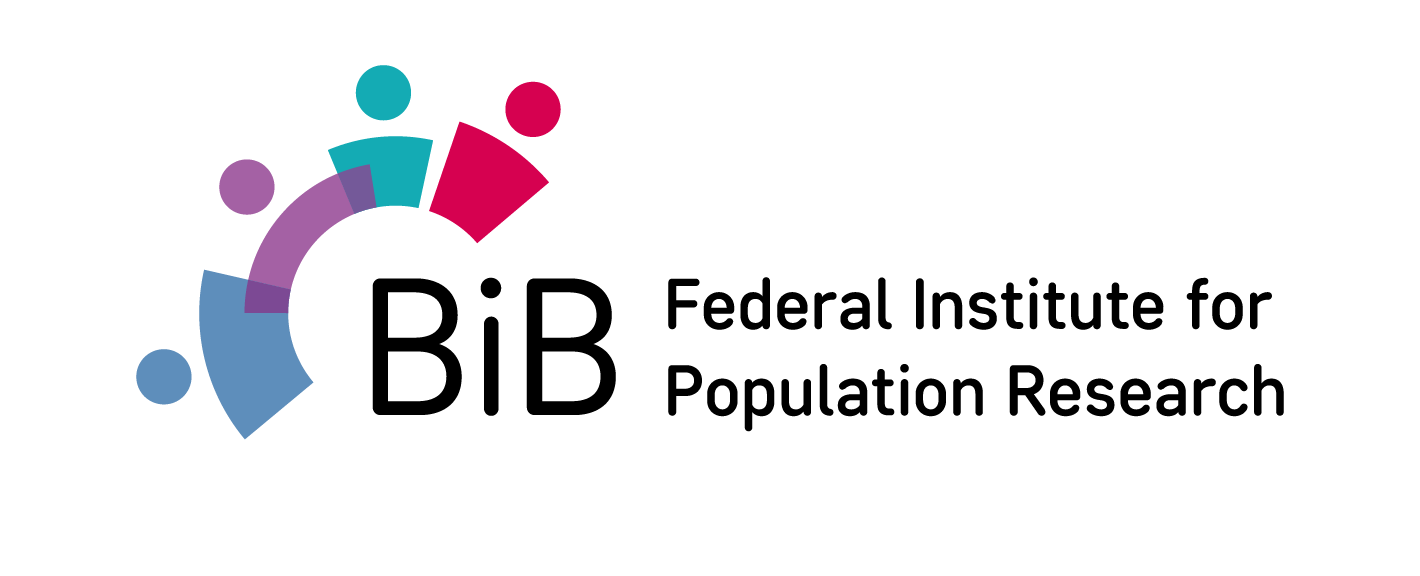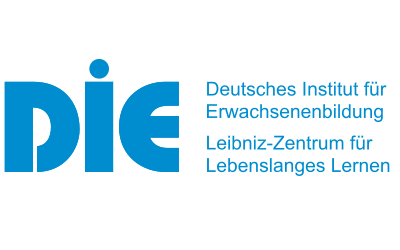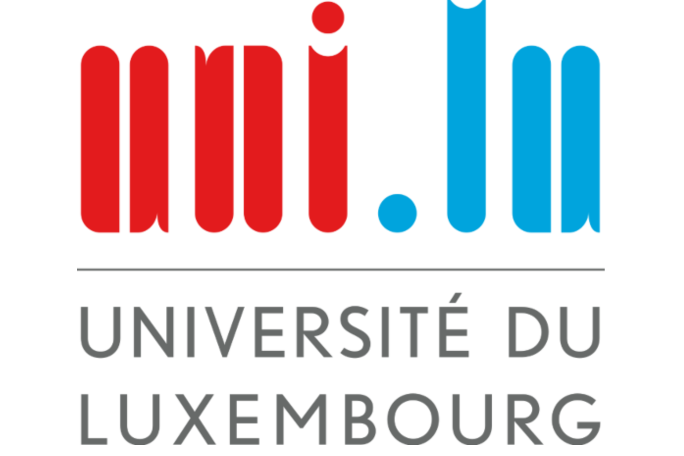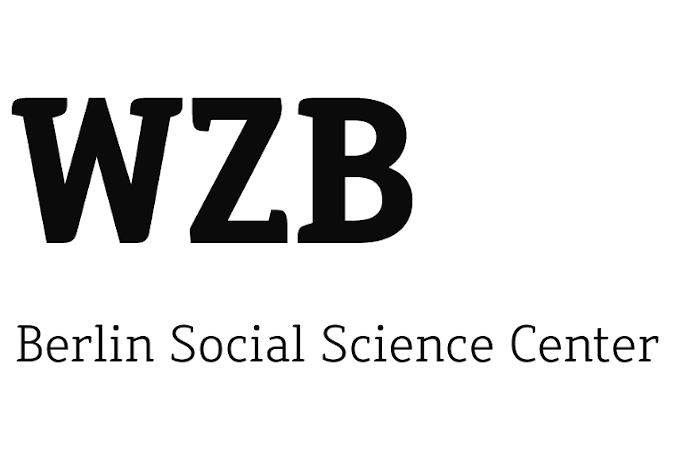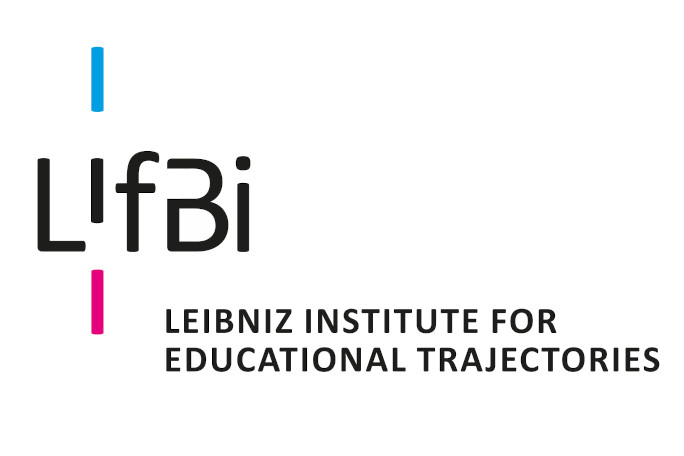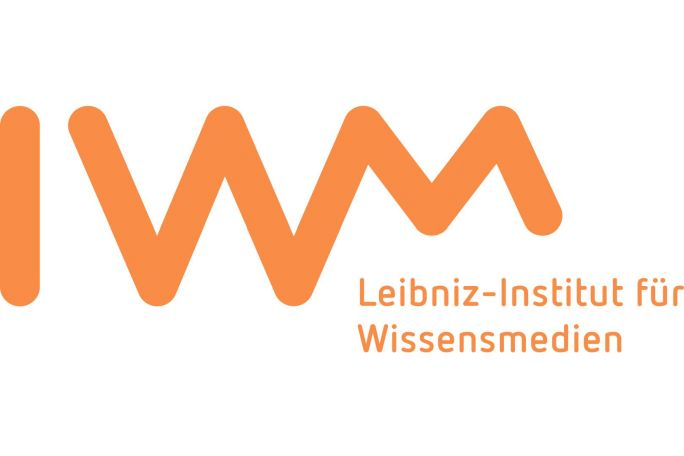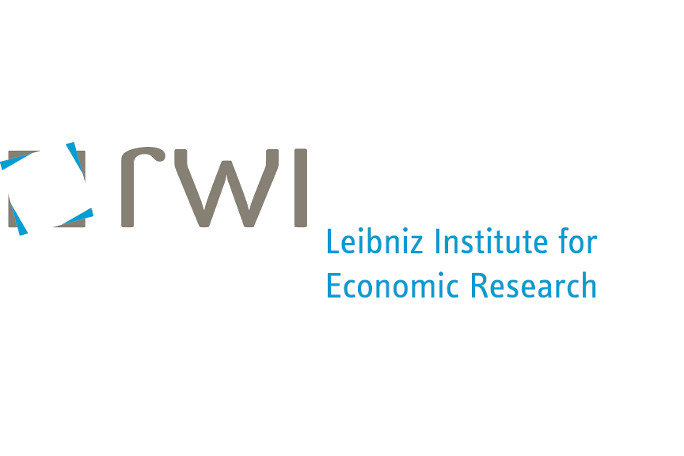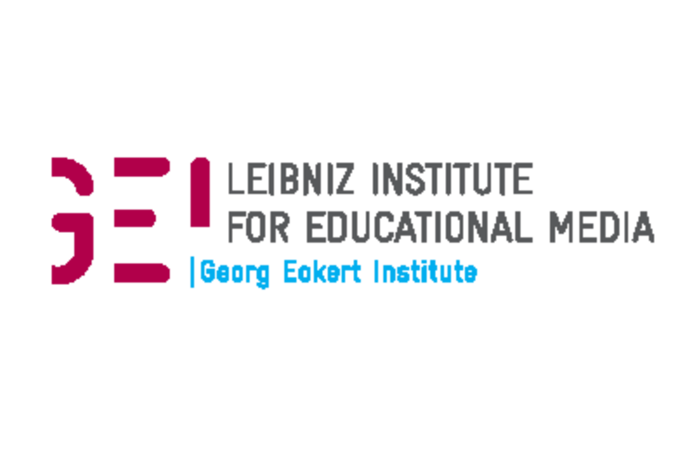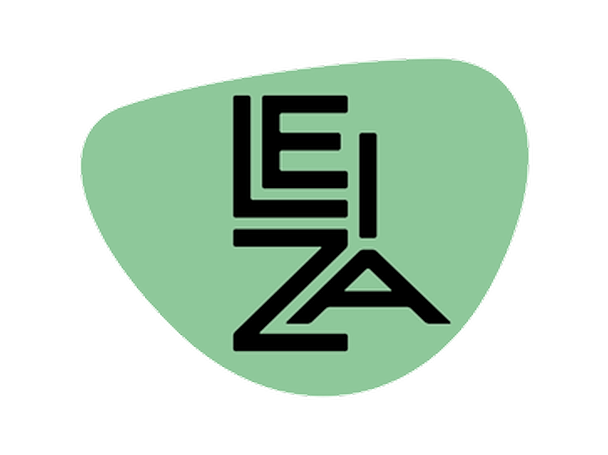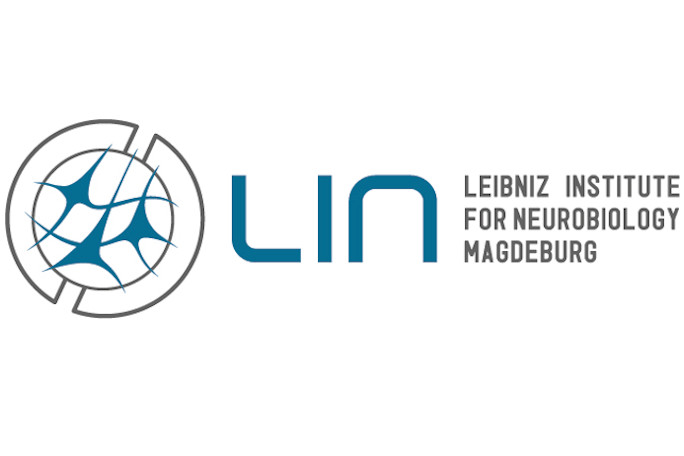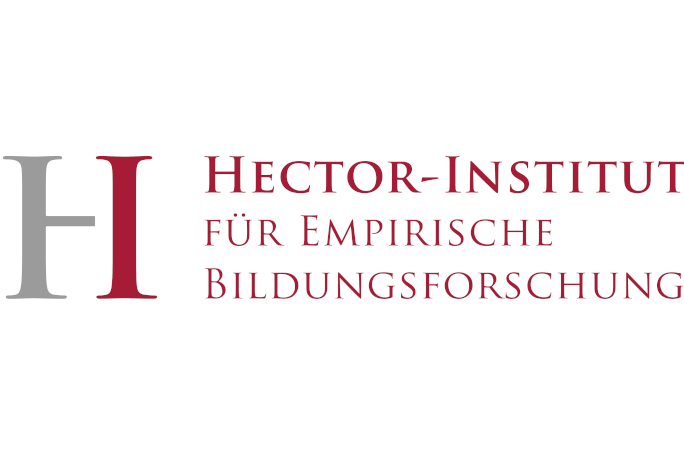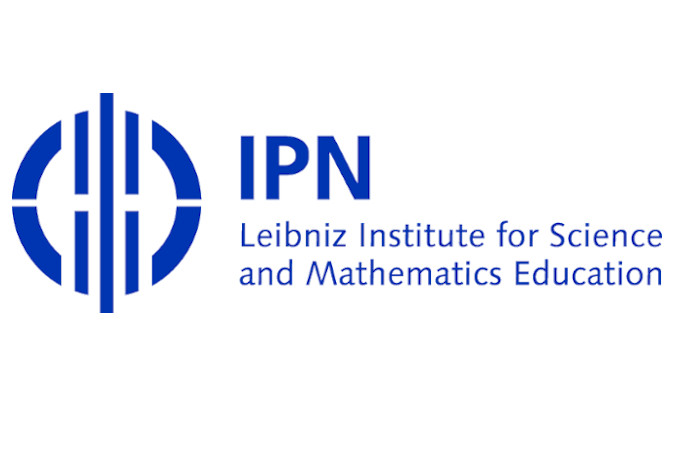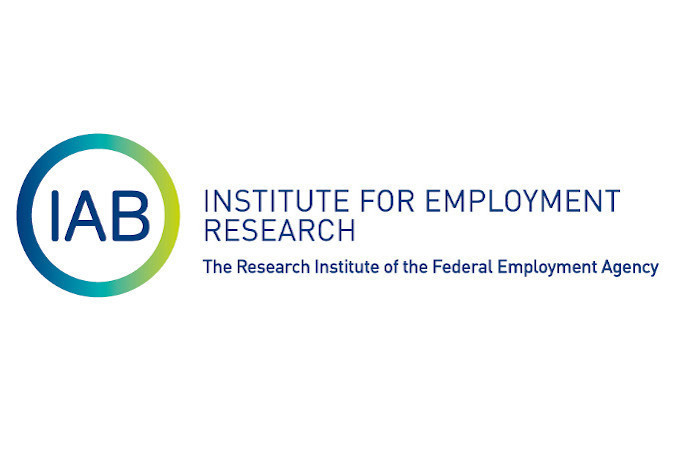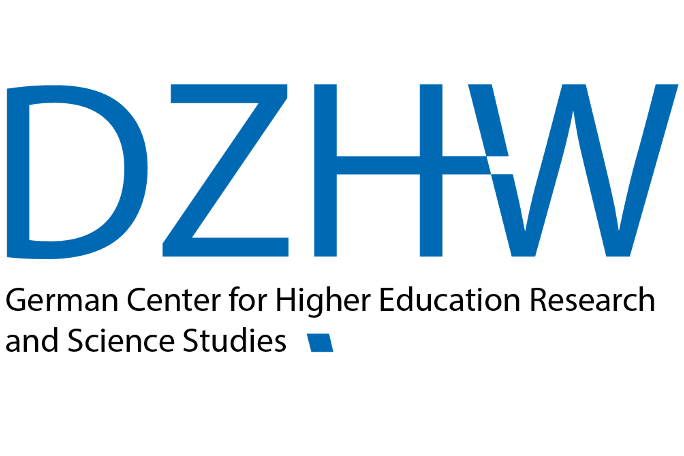The Leibniz-Centre General Linguistics (ZAS) is a non-university research institute located in the federal state of Berlin. The sponsoring association is the Geisteswissenschaftliche Zentren Berlin e.V. (GWZ).
At ZAS, the human capacity for language and its expression through individual languages is explored with the aim of gaining a better understanding of the biological, cognitive, and social factors surrounding this central human ability. By exploring the structures of language, how they are acquired, and how they are processed, this knowledge can be applied to fields such as speech diagnostics or speech technology.
The diverse research team at ZAS is divided into four research areas, in which experts from many core areas of linguistics are active: phonetics, phonology, morphology, syntax, lexicon, semantics and pragmatics, as well as child language acquisition. Externally acquired third-party funded projects are attached to the four research areas. This concentration of active research in multiple linguistic sub-disciplines in a single institution is unique in Germany and facilitates a direct exchange of current research findings and methods. Numerous stays of visiting researchers and scholarship holders, national and international workshops and conferences provide important impulses for the scientific work at ZAS.
As far as the transfer of knowledge to politics and society is concerned, ZAS plays a particularly important role in the area of multilingualism at regional, national and international levels. The findings from foundational research are incorporated into day-to-day political decisions in a variety of ways, as well as into the development of diagnostic procedures and training programmes for teachers and caregivers.
Important Work and Services:
ZAS can draw from expertise in monolingual and bilingual language acquisition accumulated over nearly 30 years. Important fields of work in the research area Language Development and Multilingualism (FB 2) are the development of discourse skills in pre- and elementary school age, the identification and detailed description of language development disorders and the opportunities and problems in multilingual language acquisition. ZAS has carried out studies on the acquisition of German in children speaking the most common migration languages in Germany (for example, Russian, Polish, Bulgarian, Turkish), some of them as longitudinal studies over the course of several years.
ZAS develops language aptitude evaluations and instruments for the diagnosis and treatment of language development disorders as well as methods for supporting the acquisition of German that take the speaker’s knowledge of their native language into account. The Multilingual Assessment Instrument for Narratives (MAIN), developed at ZAS, is an instrument for testing the narrative abilities of children in over 100 languages. It is used in more than 60 countries. Through the worldwide usage of the instrument a multinational MAIN Network was formed, which is coordinated by ZAS. The Russian language proficiency test for multilingual children is a linguistically and psycholinguistically well-founded test for bilingual children of preschool and elementary school age, which is also applied worldwide.
ZAS develops language development programs and works on methods of conveying linguistic knowledge in a playful way. In the European COMENIUS project Friendly Resources for Playful Speech Therapy (FREPY), interactive and multi-functional materials for language development in German, Russian, Estonian, Lithuanian, and Slovenian were created. These games, puzzles, picture stories, etc. are available as a print version and online.
The Berlin Interdisciplinary Network for Multilingualism (BIVEM), affiliated with ZAS, combines basic research, expertise and transfer of knowledge. Within the framework of BIVEM, longitudinal studies on multilingual acquisition and language development have been conducted, new initiatives as well as joint activities with cooperation partners have been launched and connections between science and practice have been strengthened. In addition, BIVEM offers research-based advice on multilingual language acquisition for parents, pedagogical professionals, medical staff and policy makers, as well as develops training modules for further education. The flyer series ‘Science for Life’, which already includes six topics in seven languages (German, Russian, Turkish, Arabic, English, Persian, and French), is in high demand: over 160,000 copies have already been distributed. It provides a special contribution to the transfer of knowledge from research to practice and will continue to be expanded with new topics and language versions.
Created under the auspices of ZAS, “Das mehrsprachige Klassenzimmer” (The Multilingual Classroom) is designed for teachers in German schools who have immigrant students in their classes. It provides stimulating and easy-to-understand background information on creative ways to deal with multilingualism in the classroom.
ZAS also develops orthographies and teaching materials for small, endangered languages, such as a dictionary of the Melanesian language Daakie. ZAS aims to further investigate linguistic factors in the acquisition of the language of education, taking into account specific challenges such as other mother tongues and specific language development disorders.
